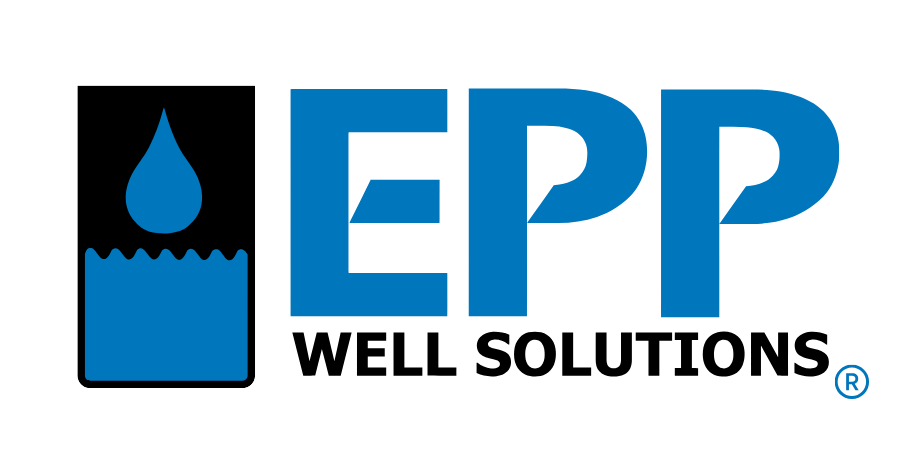Well Harvester™ Regular Maintenance
At Epp Well Solutions we often encounter a recurring question: "Is regular maintenance necessary for my Well Harvester system?" It's an excellent question when considering the value of your time. Investing in a low-yield well system with minimal maintenance requirements becomes more justifiable as it will save time in the long run.
Our team prioritized simplicity and minimal upkeep when developing the Well Harvester. We have engineered it to be user-friendly and require little to no regular maintenance. However, there are a couple of key maintenance tasks that we recommend to ensure optimal performance.
Addressing Sediment Build-up
The issue with well water is that often times it can be plagued with sediment. This sediment can get picked up by the well pump that then gets pumped to the house or building. When the Well Harvester intercepts the water sometimes sediment can collect in it. Therefore, we suggest periodic checks and flushing of two critical areas prone to sediment build-up.
Tank Sediment Build-up
Regularly inspect the inside of the tank(s) for sediment accumulation. The booster pump inside the Well Harvester is engineered so that sediments can pass through it, even those that are greater in size than the well pump will dump into the holding tank. Sediments from the well pump should be picked up by the booster pump, they will then be sent to your filtration system. However, there is still a possibility for some sediment build up in parts of the tank. That is why we recommend opening the hatch on the tank to inspect the inside for any sediment build up every 1-2 years, or as often as needed.
Removing Built Up Tank Sediment
If sediment is present in the tank, it can be easily removed. With a filtration system installed post Well Harvester, we recommend that you attach a hose with a nozzle to a pressurized faucet after your filtration. Using the touchscreen on the Well Harvester, switch the well to "off" mode, then open the nozzle to drain the tank to about one-quarter capacity. Use the nozzle to disrupt sediment within the tank, allowing it to be sucked into the booster pump and caught into the filtration system. Repeat this process until most sediment is cleared, cleaning or flushing the filtration system as necessary.
House Pressure Sensor Sediment Flush
Positioned on the side of the Well Harvester is a plumbing line that interconnects the house pressure sensor, pressure tank, and booster pump. Ensuring the smooth operation of both the sensor and pressure tank necessitates that this line remains free from excessive sediment, which could obstruct water flow. To address this concern, we've incorporated a flush valve into the system.
We recommend using the sensor flush valve as frequently as you remove sediment from the tank. This ensures any potential build-up near the sensor and pressure tank is removed. Simply attach a hose to the flush valve and rotate the green handle to open it. This directs any sediment build-up in the area through the valve. Once the water runs clear from the hose, indicating the removal of sediment, you can close the valve and remove the hose, completing the maintenance process.
Thats All!
In conclusion, these are the primary maintenance tasks recommended for your Well Harvester system. The beauty of our design is that with low-sediment wells, you may rarely need to perform these tasks, if at all. Invest in the most maintenance-free, low-yield well system available on the market today by contacting us to order your Well Harvester. Reclaim your time and peace of mind!


